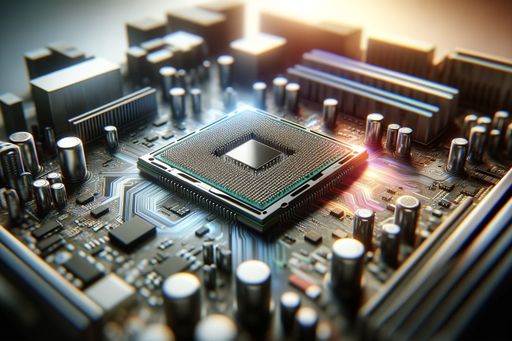Fractional Electrons: MIT's New Graphene Breakthrough Is Shaping the Future of Quantum Computing
MIT physicists have observed the fractional quantum Hall effect in five layers of graphene, a simpler material than previously observed, potentially advancing quantum computing.

The Discovery of Fractional Charge in Graphene
The fractional quantum Hall effect, where electrons split into fractions of their charge, has been observed by MIT physicists in five layers of graphene. This exotic electronic state has the potential to revolutionize quantum computing by offering increased resilience and fault tolerance.
Traditionally, the fractional quantum Hall effect has only been seen under very high magnetic fields, but the recent discovery in graphene eliminates the need for powerful magnetic manipulation. The stacked graphene structure, resembling a staircase, provides the ideal conditions for electrons to pass through as fractions of their total charge without an external magnetic field.
Unorthodox Electronic States
The fractional quantum Hall effect is an example of the collective behavior that arises when particles transition from individual units to acting as a whole. In these special states, electrons slow down and interact, resulting in rare electronic states like fractional charge.
The initial discovery of the fractional quantum Hall effect in 1982 required strong magnetic fields to slow down electrons and allow them to interact. However, recent breakthroughs, such as the observation of fractional charge in molybdenum ditelluride without a magnetic field, have opened up possibilities for topological quantum computing.
In the case of graphene, the unexpected observation of anomalous fractional charge provides new opportunities for quantum computing. Graphene's ability to also function as a superconductor makes it an intriguing material with multiple potential applications.
Experimental Findings and Future Research
MIT physicists fabricated two samples of the hybrid graphene structure by layering five graphene sheets with hexagonal boron nitride (hBN) to create a moire superlattice. By cooling the structure to near absolute zero and applying a current, they observed signatures of fractional charge.
This groundbreaking discovery in graphene opens up avenues for further exploration of rare electronic states in multilayer graphene. The researchers are excited about the possibilities for fundamental physics research and potential applications in the future of quantum computing.



